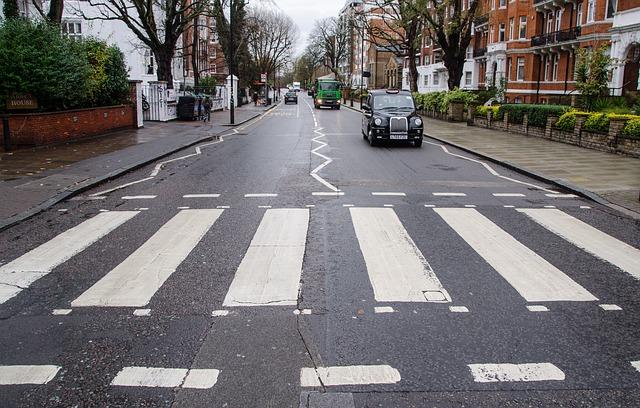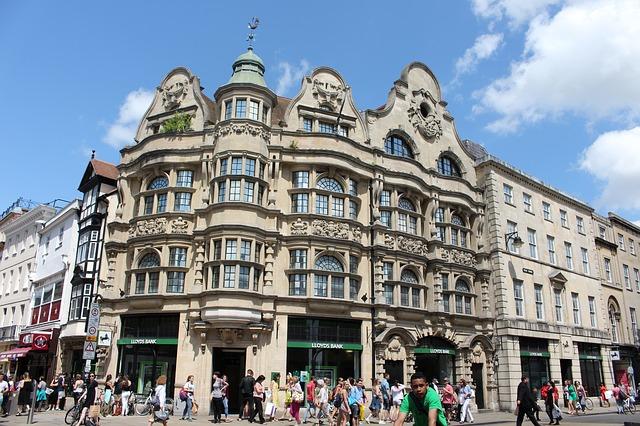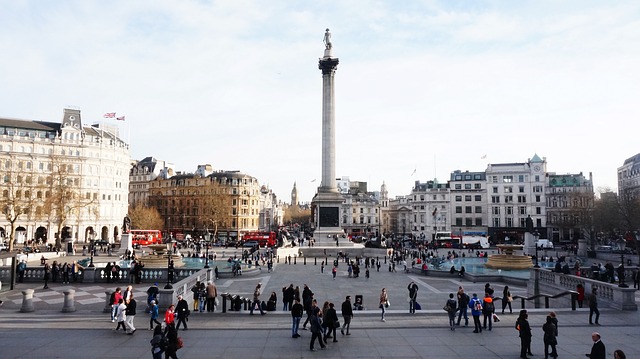Soho
Soho is the most famous of all the cosmopolitan areas of modern London. Located near the fun West End, it is commonly known as Theatreland. Soho is also the oldest foreign neighbourhood. For over three centuries, immigrants have flocked here. Sadly, the unique atmosphere of the area has been lost partly due to the increasing gentrification of London. Today’s Soho is largely retail and service-oriented for wealthy tourists, with a local population of only 3,000. Soho is one such area, steeped in culture, bohemia and history. Soho is full of restaurants serving food from around the world, bars, famous pubs, shops and dozens of theatres.
Located in the heart of London’s West End, Soho is a small area of 2.6 square kilometres, bordered by the famous Oxford Street and Regent Street, which can be easily walked.
Why the name Soho
The first known use of the word Soho as a neighbourhood name dates back to 1636. It appeared in the heading of a list of churchgoers paying their dues to the parish church of St. Martin in the Fields (the present Denmark Street area). In October 1641, on the other hand, court records refer to Annie Clerke, a ‘lewd woman’ who was legally ordered to obey the public order or face imprisonment after ‘shouting in the street that she would set fire to all the houses in So:ho’. In September 1642, William Colley was accused of ‘making abominable remarks to Noah Cliffe, one of the parish constables, and threatening to set fire to houses in the neighbourhood of Sohoe’.
However, between 1536 and 1547, after the dissolution of the monasteries as a result of the English Reformation, the vast majority of the land was occupied by Henry VIII, who created a park belonging to Whitehall Palace. From then on it was a royal hunting ground, which explains the modern name of the area.
While in the 1700s Soho was frequented by the British nobility and aristocracy, in the early 19th century the area was plagued by poverty and cholera. In the streets of Soho we find many buildings with blue plaques indicating the noble residents, famous painters like Canaletto, Constable, Lucian Freud, the composer Franz Liszt, the writer William Blake and many others.
History
In the course of the 20th century, the district was transformed once again. Music has always been an integral part of the area; famous venues such as the Café de Paris and the Hippodrome regularly hosted American jazz artists in the 1930s, and Soho’s musical vein continues today with the Ronnie Scotts, one of the world’s most famous jazz venues. Another local icon, the Marquee Club on Wardour Street, hosted the first performances of David Bowie, the Rolling Stones and many others. The rock stars were regular customers of the neighbourhood’s nightlife. As well as being artistic, Soho is a very liberal neighbourhood with a large number of gay bars, such as Soho’s Comptons, one of the oldest in the capital.
Video
https://goo.gl/maps/T6Q7EwDqGm5tUKfu9







